An intact Bronze Age pot and a previously unknown Saxon village with a large hall were among the “exceptional” finds unearthed during a dig.
Britannia Archaeology experts have been working on the site near Ely, Cambridgeshire, for nearly a year.
They expected just a few months’ work, but instead found evidence of thousands of years of occupation.
Archaeologist Alice Schute praised the craftsmanship of the artefacts, saying “it’s a site that keeps giving”.
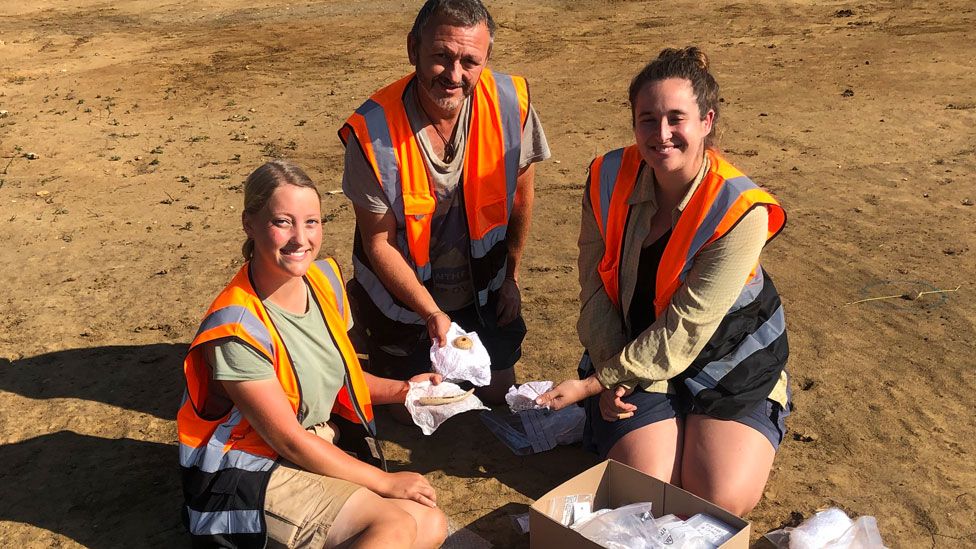
“Exceptional really is the word. It’s something you won’t come across often in your career, the sheer intensity and amount of finds,” she said.
Work began on the site, which is due to be turned into housing by Orbit Homes, in October.
The nearly intact 35cm-high (14in) late Neolithic or early Bronze Age urn, dating back about 4,000 years old, was a particularly rare find.
Project officer Miss Schute said: “Normally we find fragments of pots which are a bit smashed and broken. We don’t usually get a whole vessel that’s 95% complete and still standing.”
Martin Brook, Britannia Archaeology director, said they expected the pot’s sides to cave in as they retrieved it from the earth, but this was not the case.
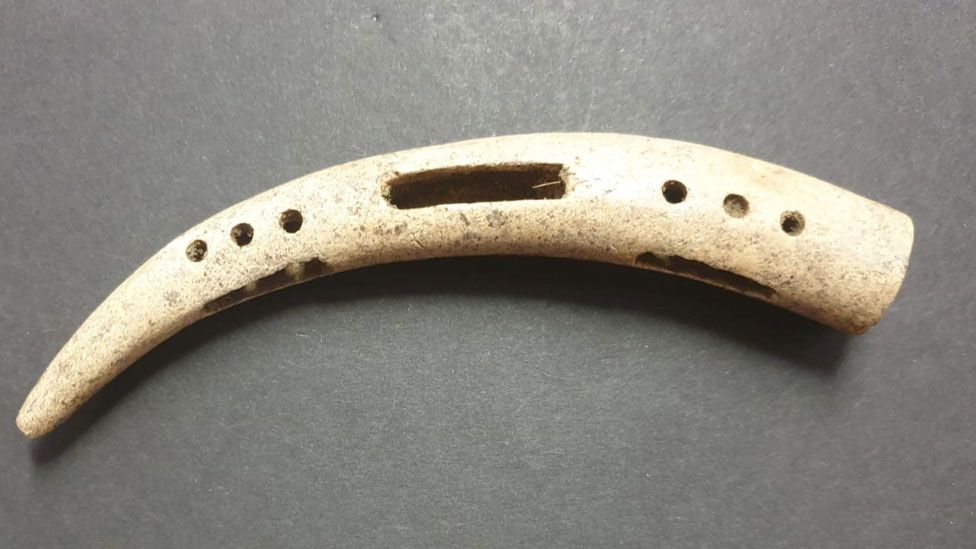
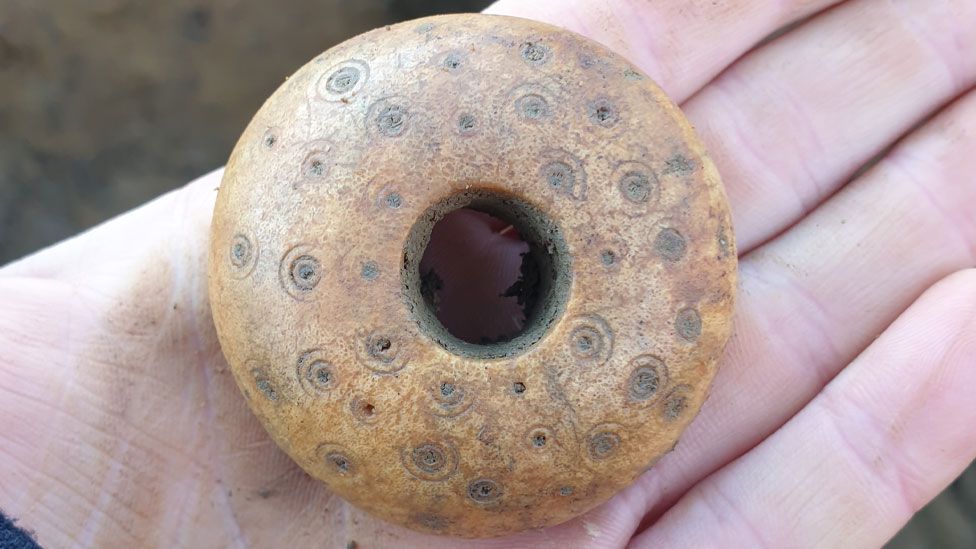
Evidence unearthed so far reveals the site was occupied right up until the Roman period and then was apparently abandoned until the 4th or 5th Century AD village was built.
At least 20 buildings has been excavated including a “substantial hall” and they are believed to be part of a much larger Saxon settlement, said Mr Brook.
Miss Schute said: “What’s special about the village is we’ve got sunken feature buildings, like those recreated at West Stow in Suffolk.
“Instead of being built above ground, they dig into the ground and it’s quite rare to get one or two but we’ve got 12 and some of them are are particularly deep, 20 to 30cm (8in to12in) under ground.”
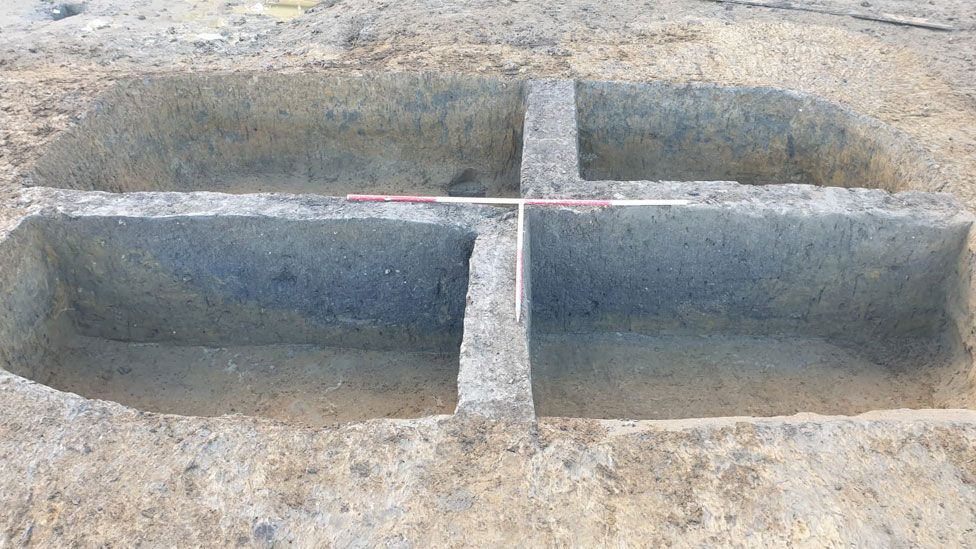
Other buildings were dug even deeper below ground, up to 80cm (31in), and have revealed evidence of industrial use.
“We have found loom weights, spindle whorls, needles and tiny, tiny beads – blink and you’d miss them,” she said.
“You think, ‘somebody last touched this thousands of year ago’, yet some of these artefacts look like they could have been created yesterday.”
The excavation will continue until Christmas and then post-excavation analysis will begin.
“The site’s important to local history but it has a much wider significance – nobody knew it was here,” added Miss Schute.
Source : bbc








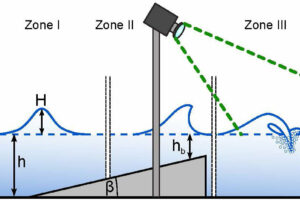


Add Comment